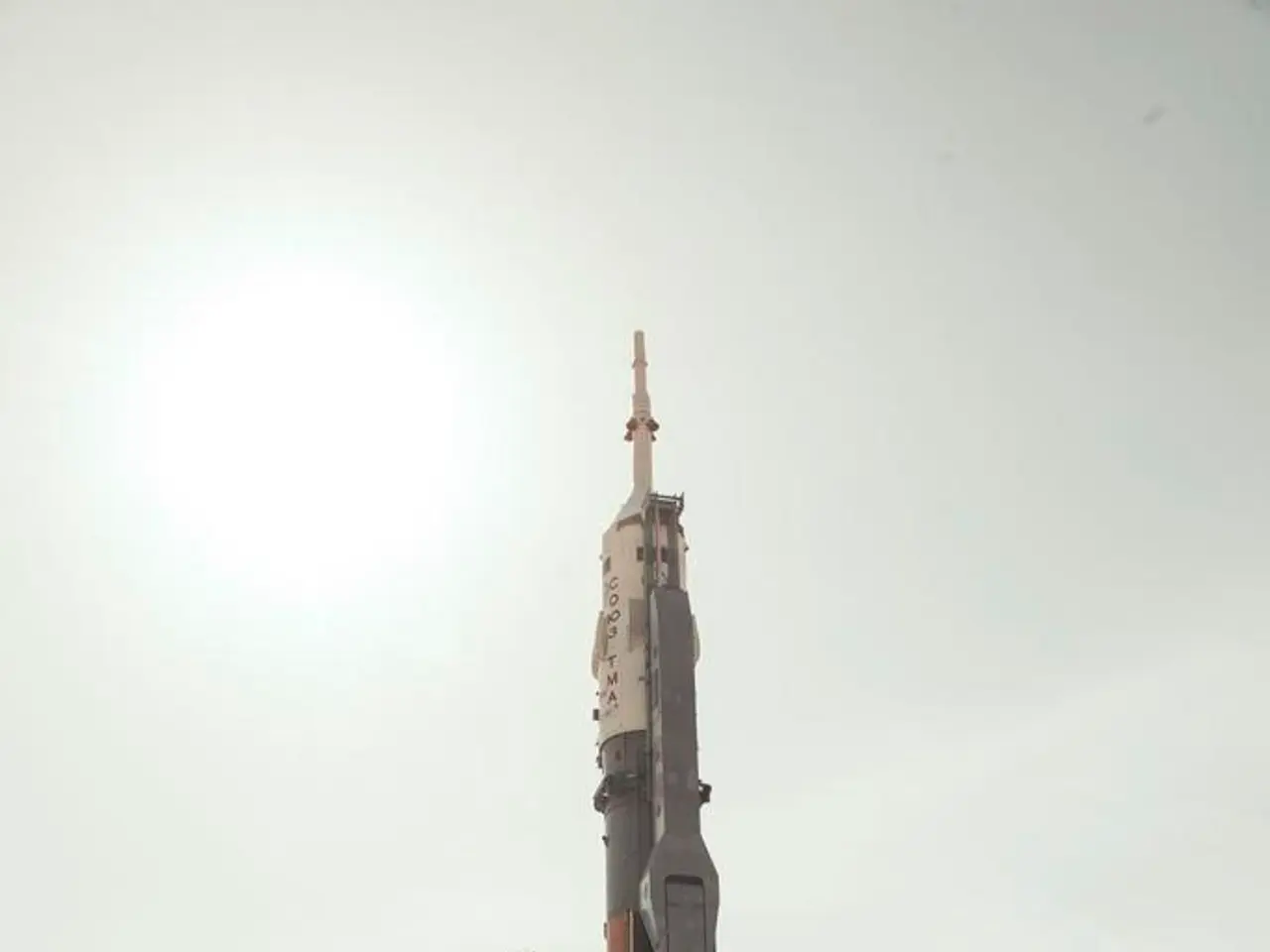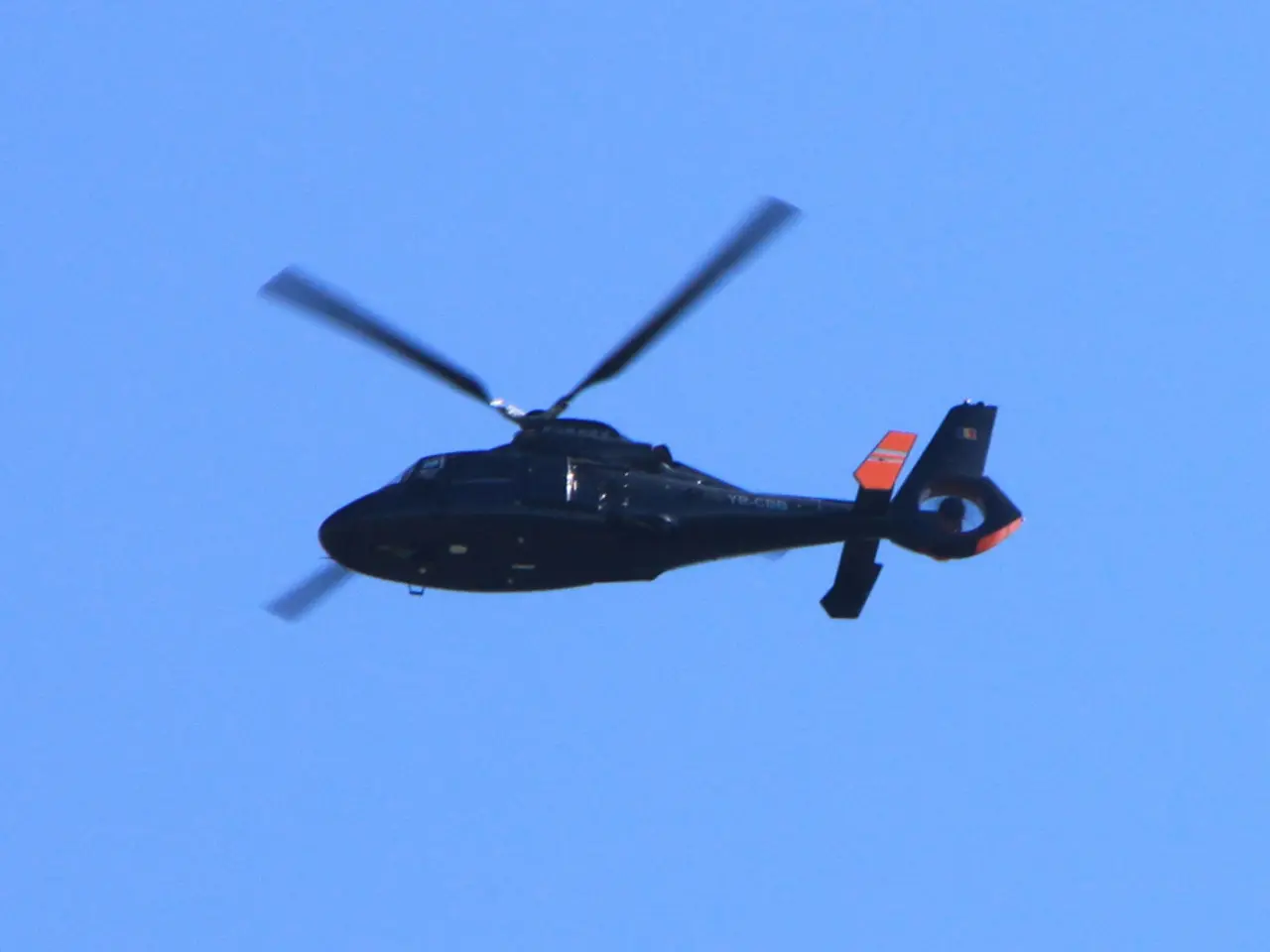Spacecraft X-37 Preparing for Launch to Test Laser Communication Systems and GPS Substitute
The X-37B spaceplane is set to embark on its eighth mission next month, scheduled for launch on August 21, 2025, from Kennedy Space Center atop a SpaceX Falcon 9 rocket. This mission, known as OTV-8, will carry out a series of experiments and technology demonstrations, including testing high-bandwidth inter-satellite laser communications and the highest performing quantum inertial sensor ever tested in space.
Key details about OTV-8's experiments include:
- Laser Communications: The mission aims to demonstrate advanced laser communications technology designed to leverage proliferated commercial satellite networks in low Earth orbit (LEO), likely involving networks such as SpaceX's Starlink. This demonstration is intended to enhance the resilience, reliability, adaptability, and data transport speeds of U.S. satellite communications architectures by adding diversified and redundant capabilities.
- Quantum Inertial Sensor: OTV-8 will test a quantum inertial sensor that represents the highest performing such device flown in space to date. Quantum inertial sensors use quantum phenomena to measure movement and orientation with very high precision, which could significantly improve navigation and positioning capabilities without relying on GPS signals.
- The mission includes new hardware: The X-37B will fly with an added service module, expanding its capacity to carry experiments and offering a larger platform for mission partners like the Air Force Research Laboratory and the Defense Innovation Unit.
- The OTV-8 mission follows closely after the return of OTV-7, which lasted 434 days; however, the duration of OTV-8 has not been publicly disclosed.
- This mission is part of the U.S. Space Force’s broader efforts to enhance the flexibility, security, and robustness of U.S. space capabilities by demonstrating next-generation technologies in orbit.
The X-37B's experiments could help allay concerns about the reliability of laser communications and the Space Force's ability to tap into commercial networks. The Defense Innovation Unit has looked into quantum sensors as an alternative to the Global Positioning System.
An eighth flight of the X-37B spaceplane wasn't always guaranteed. However, General B. Chance Saltzman, the head of the U.S. Space Force, has stated that the X-37B mission is intended to make the joint force more connected, resilient, and ready for any challenge.
Laser communications offer advantages such as faster data transfer, less power usage, smaller equipment, and more secure signals. National security leaders are hesitant to back away from the X-37B capability without a replacement. SpaceX's Starlink satellites, OneWeb, and Telesat are among the firms developing spacecraft with laser communication technology.
Operating laser communications reliably is challenging due to factors like satellite speed, alignment, mechanical vibrations, and atmospheric conditions. The Air Force Rapid Capabilities Office, the Air Force Research Laboratory, and the Defense Innovation Unit are involved in the mission.
The X-37B mission is aimed at addressing concerns about the U.S. military's over-reliance on GPS for position, navigation, and timing, and the potential disruption of those signals in times of conflict. The exact use of the allocated funds for the X-37B program is unclear, but Congress allocated $1 billion to the program as part of the reconciliation package passed earlier this month.
Meanwhile, the Government Accountability Office has critiqued the agency's plan to buy hundreds of satellites for the constellation before fully proving out the technology. Despite this, the X-37B's eighth mission marks an exciting step forward in the development and deployment of cutting-edge space technologies.
[1] SpaceNews. (2021, October 26). X-37B OTV-8 mission to test quantum inertial sensor, high-bandwidth laser communications. Retrieved from https://spacenews.com/x-37b-otv-8-mission-to-test-quantum-inertial-sensor-high-bandwidth-laser-communications/
[2] SpaceNews. (2021, October 27). X-37B OTV-8 mission to test quantum inertial sensor, high-bandwidth laser communications. Retrieved from https://spacenews.com/x-37b-otv-8-mission-to-test-quantum-inertial-sensor-high-bandwidth-laser-communications/
[3] SpaceNews. (2021, October 28). X-37B OTV-8 mission to test quantum inertial sensor, high-bandwidth laser communications. Retrieved from https://spacenews.com/x-37b-otv-8-mission-to-test-quantum-inertial-sensor-high-bandwidth-laser-communications/
[4] SpaceNews. (2021, October 29). X-37B OTV-8 mission to test quantum inertial sensor, high-bandwidth laser communications. Retrieved from https://spacenews.com/x-37b-otv-8-mission-to-test-quantum-inertial-sensor-high-bandwidth-laser-communications/
- The upcoming X-37B mission, OTV-8, set for launch in August 2025, will carry experiments on high-bandwidth inter-satellite laser communications and a quantum inertial sensor, aiming to bolster the resilience and data transport speeds of U.S. satellite communications.
- The X-37B mission's quantum inertial sensor, a significant advancement, is set to be the highest performing such device ever tested in space, with potential to improve navigation and positioning capabilities without GPS reliance.
- The X-37B will fly with an added service module in OTV-8, increasing its capacity to carry experiments and providing a larger platform for partners like the Air Force Research Laboratory and the Defense Innovation Unit.
- The X-37B mission's goal includes alleviating concerns about the reliability of laser communications and the Space Force's ability to access commercial networks, such as SpaceX's Starlink.
- The Defense Innovation Unit has explored quantum sensors as an alternative to the Global Positioning System, highlighting the importance of the X-37B mission in enhancing the flexibility, security, and robustness of U.S. space capabilities.
- Operating laser communications reliably presents challenges due to factors like satellite speed, alignment, mechanical vibrations, and atmospheric conditions. The Air Force Rapid Capabilities Office, the Air Force Research Laboratory, and the Defense Innovation Unit are all involved in the mission.




